Remembering that first family vacation 50 years later
Best drink I had on the road was something called the "Shark Bite."
Please consider supporting The Front Page with a paid subscription: HERE
My brother saw it first.
We were driving down Virginia Dare Trail - what we used to call the beach road - in Kitty Hawk, N.C.
In the early 1970s my family spent back-to-back summers on the beach in the Outer Banks of North Carolina.
I was 13, my brother almost 9, so as we plodded our way north last week from New Orleans, our plan was to revisit that vacation from a half-century ago.
By 1970, we had never been on a family vacation before.
My father purchased a brand-new Oldsmobile in the spring of 1970. I remember my brother and I being so excited at having a new car we did our homework in the back seat the first night it spent in our garage. My father was excited enough to take the Olds and the family away for a summer vacation for the first time.
From what I know of my father's parents - and their extensive postcard collection - they were travelers unafraid to cross the continent at any opportunity, usually by car. Perhaps, that is where I get my own desire to explore.
My grandfather discovered the Outer Banks sometimes in the 1950s. It wasn't much more than a sandbar with a few cottages and the historical significance of being the place where Wilbur and Orville Wright first took flight in 1903.
Family lore suggests my grandfather loved the Outer Banks so much he considered purchasing a beach-front lot in Kitty Hawk, but balked when he heard the $5,000 asking price tag as highway robbery, even though that is just $60,000 in today's dollars.
Looking back, I suspect my father was hoping to duplicate some previous beach memory of his own youth. Because those vacations were the first - and pretty much our only family vacations - the memories are still strong.
I remember Dad wearing "slacks" for the 12-hour drive south. "Slacks" were Dad's nice pants, not the heavy "dungarees" he wore to work in the machine shop.
I was the navigator and provided regular updates about the city we were passing through and the rivers we were crossing. I suspect had the entire route memorized anyway,
To beat the traffic in New Yorek City, Dad insisted we leave at 5 a.m. He pointed out how busy the Howard Johnson's restaurants were on the New Jersey Turnpike and said we would eat breakfast after clearing the Delaware Memorial Bridge. Sure enought, we found a nice little diner on the other side of the bridge with no line.
Dad knew his stuff.
I also remember my father's reaction to a $17 toll to cross the six-year-old Chesapeake Bay Bridge and Tunnel. It was like driving across the ocean.
The place we stayed that first summer in Kitty Hawk was the Sea Kove. I always remembered they spelled "Kove" with a K. It was one of those 1950s era motels with small efficiency apartments and a swimming pool. Motel swimming pools were a luxury in those days.
The beach was right across the street. Even today, the beaches on the Outer Banks are some of the best I have seen in the world, an unspoiled beauty where the waves are four to five-feet high and crash unimpeded into the brave souls who choose to frolic in the foam.
But next door was another small motel - the Salt Aire Court.
It had screened porches, a bedroom set apart from the rest of the apartment and a nicer swimming pool. At one end of the pool was a small building built especially to showcase a trophy blue marlin. The Salt Aire also had ocean front rooms across the street.
Before we knew it, my father had reservations at the Salt Aire for the next summer.
It seems odd now, but one of my most vivid memories of that next summer was Dad getting mad at me for spending too much time reading a book on the screened in porch.
Even then, I needed my alone time and I was devouring the Ball Four tales of former Yankee pitcher Jim Bouton. Dad could not understand why I would waste time reading a book - I could read anywhere - when one of the most beautiful beaches in the world was right across the street.
I kept reading.
I was a teenager.
Those family trips left an impression. As high school graduation neared, I concocted a plan where me and three of my posse would head to the Outer Banks after graduating. We were all 18 and our parents shockingly approved.
Before leaving the morning of the trip, I got dressed for the drive in my "slacks."
My friends all wanted to know why I was wearing long dress pants in June. I explained that you had to look nice when you were on the road.
That trip was a half-century ago.
We walked the beaches, drank beer and "caught a few waves." There was a tale from that first vacation of a topless bar my father, his brother and their wives stumbled into one evening, but we never found it.
So as we neared mile marker 2.5, my brother spotted the Salt Aire sign.
It was still there, so we turned around.
The buildings were showing their age, the cement was cracked and there was no longer a blue marlin in the trophy case.
The building that housed the beachfront apartments across the street was also gone, perhaps the victim of a hurricane. Where the Sea Kove once stood there was an empty lot.
As I walked around the pool, the sounds of today's families were all around me. It was nice to hear.
On its Facebook page, it says this about the "Saltaire Cottage Court:"
"This landmark has been welcoming families to the Outer
Banks for over 50 years."
We could attest to that.
As we are leaving, my brother said, "We should have stayed here."
"We already have," I answered with a smile.
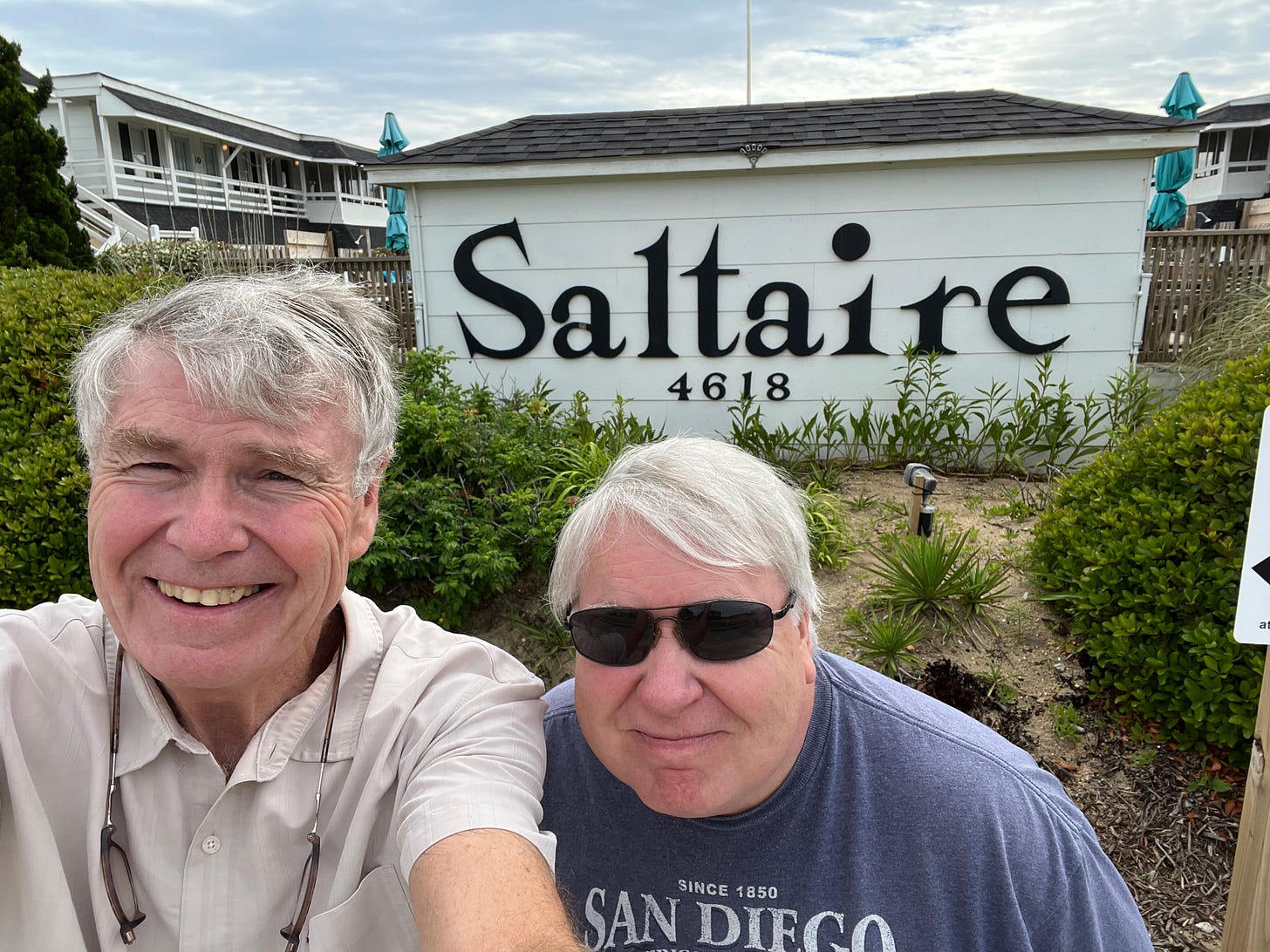
My favorite drink
While on vacation, one often tries exotic drinks on the menu. Such was the case in the Outer Banks last week.
The place specialized in crab, but I was intrigued by the "Shark Bite" drink on the kiddie menu.
What got my attention was that the drink came with a small rubberized shark. The drink is actually nothing more than Sprite with grenadine, but here is the cool part. The bartender fills the shark up with red grenadine. So when you turn the shark over and empty his mouth, it looks like there is blood coming out.
I loved it.
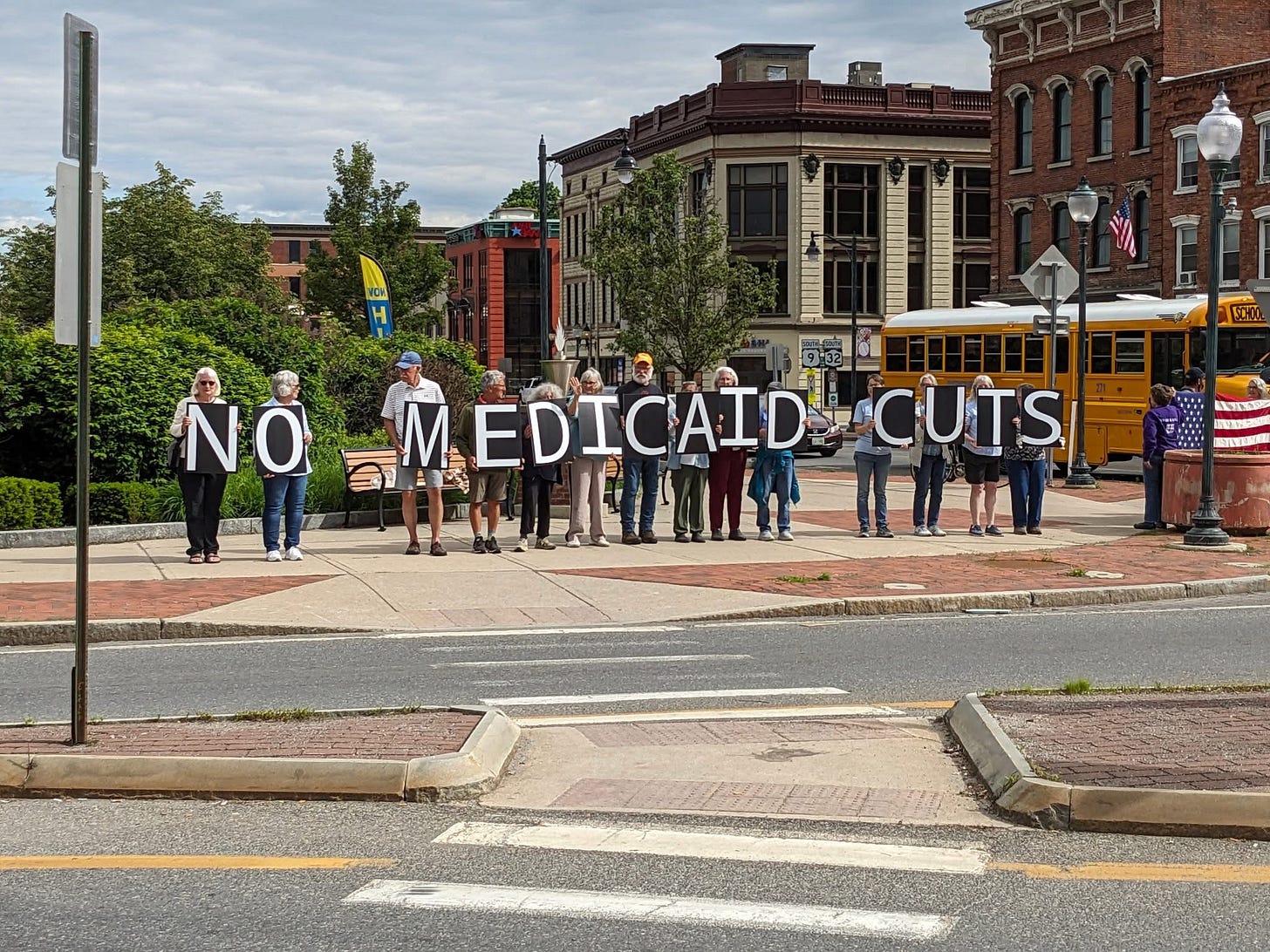
Daytime lights
The North Country Light Brigade has expanded its message with new daytime visibility letters.
The group was positioned at Centennial Circle in downtown Glens Falls last week with a new message about Trump's big beautiful bill.
Pride Weekend
After leaving the Outer Banks, we stopped in Philadelphia to take in some of its history.
Our accommodations were in a neighborhood known as "Gayborhood" and it came as the city was beginning a "Pride around the City" event.
As we returned from dinner, we stumbled upon a group of people stretching Philadelphia's 600-foot Pride flag through the neighborhood and waving it furiously. The flag must have stretched three or four blocks.
After five or 10 minutes of waving the flag, they rolled it up and the city went back to business.
DOJ stats
In the past, If the Department of Justice investigated you for a crime, you had reason to worry.
DOJ lawyers are usually the best of the best and they build reputations on convictions. That is no longer the case with the Trump DOJ, especially those defending government actions by the administration.
Adam Bonica, a professor of political science at Stanford, compiled statistics that showed the administration has lost 96 percent of rulings in federal district courts in the month of May alone.
Historically, the department usual wins most of its cases.
Health report fake
Robert F. Kennedy Jr. insists he is trying to "Make American Healthy Again."
But the report he released last week that he insisted was based on a "clear, evidence-based foundation" of more than 500 studies had a problem.
The citations that are the backbone of any science-based report were filled with errors, broken links and conclusions that made no sense.
Worst of all, it cited studies that did not exist on "direct-to-consumer drug advertising, mental illness and medications prescribed for children with asthma."
For example, Katherine Keyes, a professor of epidemiology at Columbia University, was listed as the author of a paper on mental health and substance use among adolescents, but she told the New York Times she had not written any paper by that title. The Times could not find any paper by that tile by any author.
Pardons galore
As horrible as President Donald Trump's pardons of the Jan. 6 rioters were, he continues to use his pardon power, not to correct injustice, but to forgive white-collar criminals.
I love the New York Times description here:
In the past few days, Mr. Trump has offered pardons or clemency to more than two dozen people embraced by his obstreperous right-wing base, or favored by people in his orbit. Most are political allies, some are former officeholders accused of abusing power for personal gain, and almost all were convicted of white-collar crimes like fraud, tax evasion and campaign finance violations — not far removed from accusations Mr. Trump himself has faced.
Only the New York Times would use a word like obstreperous - noisy and difficult to control - but it is truly the perfect word in this instance.
The Times concluded that Trump "used his pardon power, like nearly every other executive tool in his kit, to assert personal dominance over processes generally, if not always, governed by established ethical and institutional guardrails. He professes to abide by the rule of law, but has often shown a willingness to do so only when he defines the rules and the laws."
Ken Tingley spent more than four decades working in small community newspapers in upstate New York. Since retirement in 2020 he has written three books and is currently adapting his second book "The Last American Newspaper" into a play. He currently lives in Queensbury, N.Y.

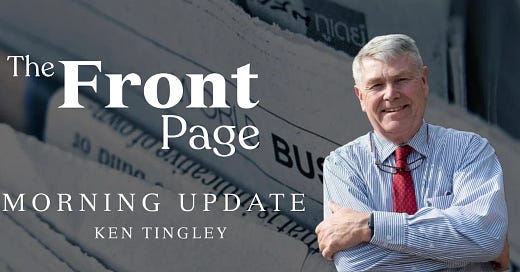


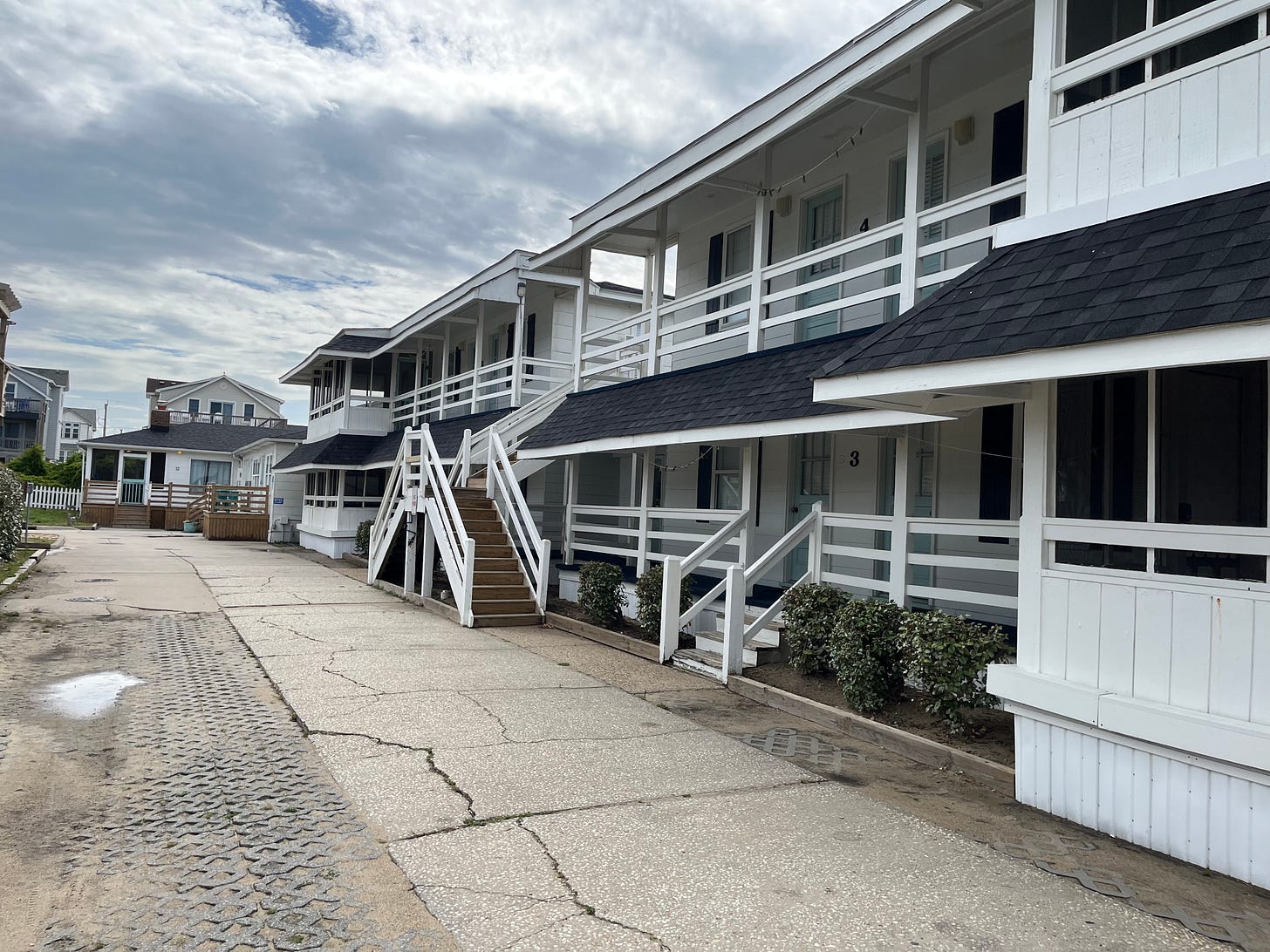
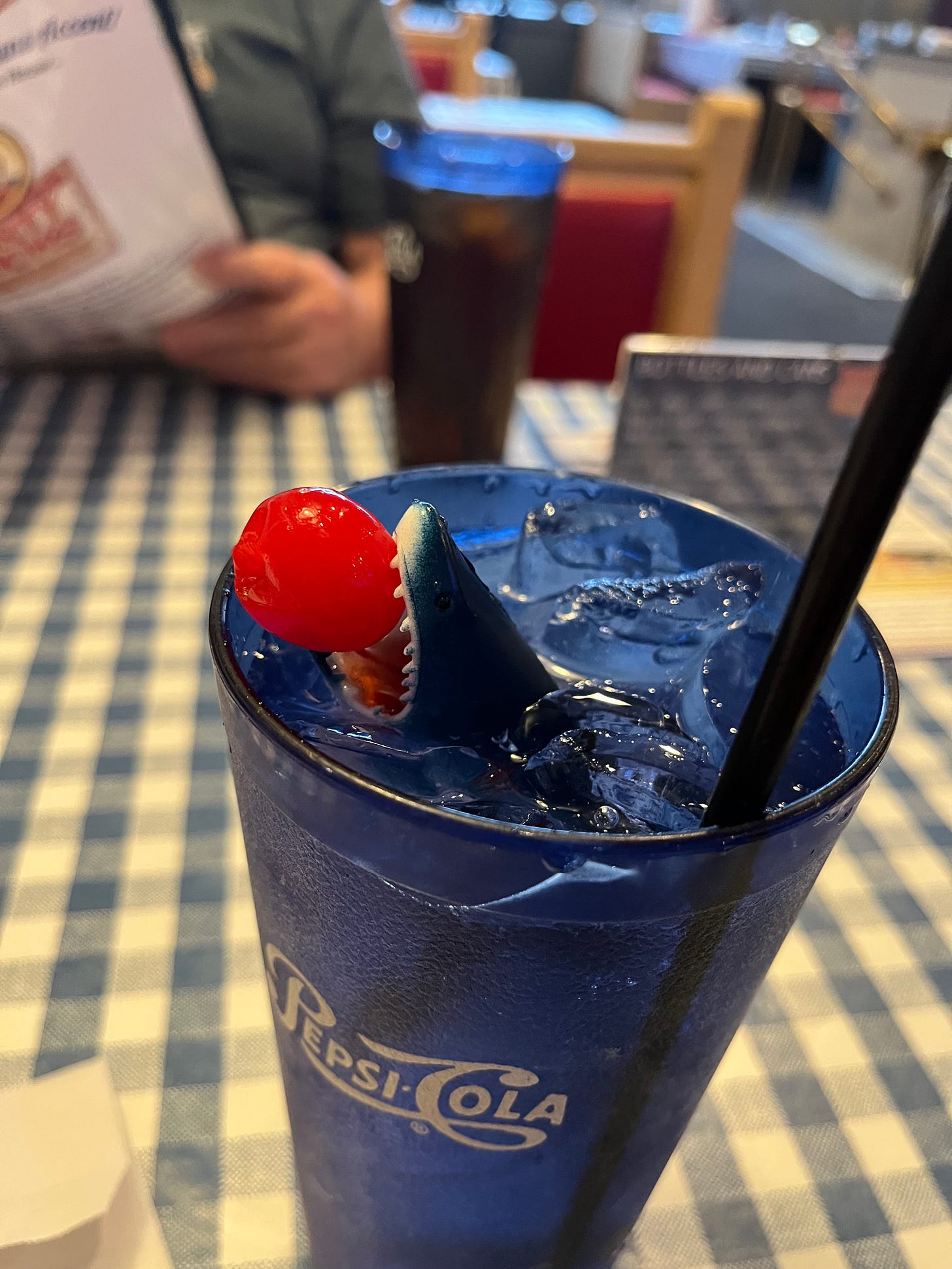

Growing up on a dairy farm in a small town, our vacations, a rarity among farm families, were always to cities, NYC, Montreal, Boston, DC, Philly, Cleveland and Chicago. Those destinations were chosen because, after all, that was where we could catch professional baseball games. I wasn't the baseball fan, but my dad, brothers and the family we traveled with were. For me, the thrill was The City itself. I learned at an early age that the streets, neighborhoods, buildings, assortment of shops and museums, were destinations in and of themselves. People watching was fascinating and educational. I love where I live. Spending time in cities, however, is a special treat. Since those early years; Paris, London, Barcelona, Oxford, New Orleans, Portland, Or., the trifecta, Taos, Albuquerque and Santa Fe, El Paso, Savannah, Charleston and others have been added to the list. I didn't see the ocean until I was 20. I haven't traveled much lately, family obligations are paramount these days. But, hopefully, someday I will get back to some cities. For the time being, I'm exploring those closer to home, Glens Falls and I have a special fondness for Troy. I spent my college years there in the 60's before its renaissance. The architecture, hidden courtyards (I know where they are), the farmers market and downtown are worth a visit. Of special interest are the Troy Music Hall as well as the RPI and Sage Campuses.
...yes, to the incessant charge of The Light Brigade / [and, thank you, to them!!]...